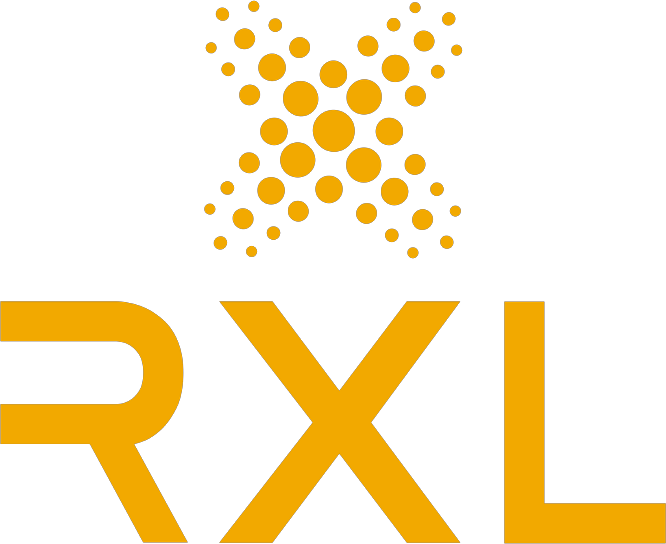In an era where digital transformation is reshaping industries, the environmental impact of technology has become a pressing concern. Green computing, also known as sustainable IT, emerges as a pivotal approach to mitigate the ecological footprint of our digital activities. By focusing on energy efficiency, resource conservation, and responsible disposal, green computing seeks to harmonise technological advancement with environmental stewardship.
Understanding Green Computing
Green computing encompasses the design, development, and utilisation of computing resources in a manner that reduces their environmental impact. This includes minimising energy consumption, utilising renewable energy sources, extending hardware lifespan, and promoting the recycling and responsible disposal of electronic waste (e-waste). The ultimate goal is to create a sustainable IT ecosystem that supports both technological progress and environmental preservation.
The Environmental Imperative
The Information and Communication Technology (ICT) sector is a significant contributor to global energy consumption and greenhouse gas emissions. Data centres alone account for approximately 3% of annual global energy consumption, a figure that has doubled over the past decade . As digital services proliferate, the environmental challenges associated with IT infrastructure intensify, underscoring the need for green computing initiatives.
Core Principles of Green Computing
1. Energy Efficiency
Implementing energy-efficient hardware and software is fundamental to green computing. This involves selecting devices with low power consumption, optimising software to reduce processing demands, and employing energy-saving settings such as sleep modes and power-off timers.
2. Virtualisation and Cloud Computing
Virtualisation allows multiple virtual machines to run on a single physical server, thereby maximising resource utilisation and reducing the need for additional hardware. Cloud computing further enhances efficiency by enabling scalable resource allocation, which can lead to significant reductions in energy consumption and operational costs.
3. Renewable Energy Integration
Powering IT infrastructure with renewable energy sources, such as solar or wind power, significantly reduces carbon emissions. Companies like Google have achieved milestones in using 100% renewable energy for their global operations, setting a benchmark for the industry.
4. E-Waste Management
Proper disposal and recycling of electronic waste are crucial to prevent environmental contamination. This includes reusing components, recycling materials, and ensuring that hazardous substances are safely handled.
5. Sustainable Hardware Design
Designing hardware with longevity in mind reduces the frequency of replacements and the associated environmental impact. This involves creating modular components that can be upgraded rather than replaced entirely.
Benefits of Green Computing
1. Cost Savings
Adopting energy-efficient practices leads to substantial reductions in electricity and cooling costs. For instance, server virtualisation can reduce data centre energy costs by up to 80%.
2. Enhanced Brand Reputation
Demonstrating a commitment to sustainability can enhance a company’s reputation, attracting environmentally conscious consumers and partners.
3. Regulatory Compliance
As environmental regulations become more stringent, adopting green computing practices helps organisations comply with laws and avoid potential penalties.
4. Improved Employee Satisfaction
Employees are increasingly valuing sustainability in their workplaces. Companies that prioritise green computing can experience higher employee morale and retention.
5. Contribution to Climate Change Mitigation
By reducing energy consumption and carbon emissions, green computing plays a role in mitigating climate change, aligning with global sustainability goals.
Implementing Green Computing Practices
1. Assess Current IT Infrastructure
Conduct an audit of existing hardware and software to identify areas where energy efficiency can be improved.
2. Invest in Energy-Efficient Technologies
Choose ENERGY STAR-certified devices and implement power management settings to reduce energy consumption.
3. Promote Virtualisation and Cloud Solutions
Adopt virtualisation technologies and migrate to cloud platforms to optimise resource utilisation and reduce hardware requirements.
4. Utilise Renewable Energy Sources
Transition to renewable energy sources for powering IT infrastructure to decrease reliance on fossil fuels.
5. Establish E-Waste Recycling Programs
Implement policies for the responsible disposal and recycling of electronic waste to minimise environmental impact.
The Future of Green Computing
As technology continues to evolve, the principles of green computing will become increasingly integral to IT strategies. Emerging technologies such as artificial intelligence (AI) and machine learning present both opportunities and challenges in the pursuit of sustainability. While AI can optimise energy usage and enhance efficiency, the substantial energy demands of AI models necessitate careful consideration of their environmental impact.
The integration of AI into green computing initiatives offers the potential for smarter energy management and more sustainable practices. However, it is imperative that the development and deployment of AI technologies are aligned with environmental sustainability goals to ensure that progress does not come at the expense of the planet.
Conclusion
Green computing represents a paradigm shift in how we approach technology and its relationship with the environment. By embracing energy efficiency, resource conservation, and responsible disposal, we can create a sustainable IT ecosystem that supports both innovation and environmental stewardship. As individuals, businesses, and governments collaborate to implement green computing practices, we take significant strides toward a more sustainable and equitable future.
